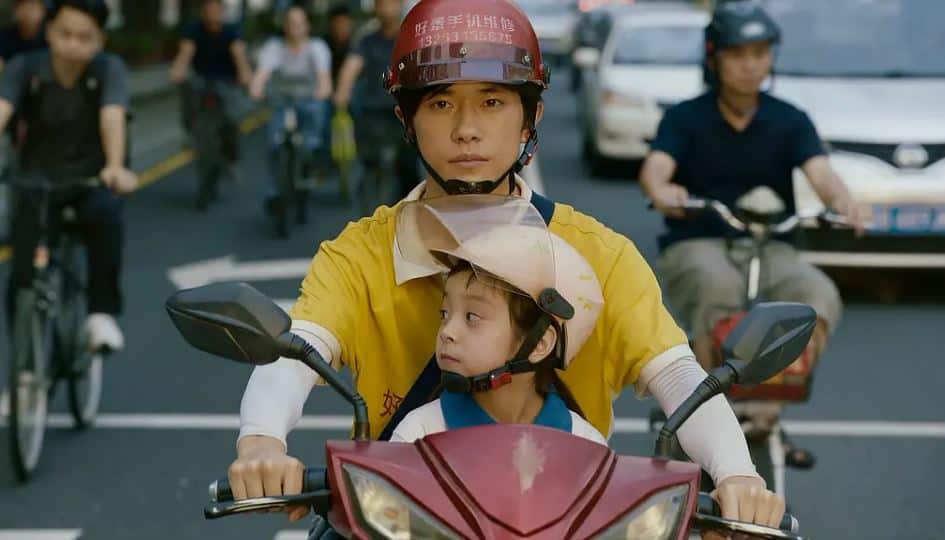In “Alipato”, Khavn's previous feature, the Filipino director presented children as the victims and perpetrators of violence to highlight the consequences of violence in the urban setting. This time, he uses a child and an infant in a similar, but much more toned down way, to highlight the consequences of war and particularly the aftermath of the battle of Balangiga in 1901, when Brigadier General Robert P. Hughes, in order to retaliate for the death of about 48 members of the US army, gave orders in the style of “Take no prisoners” and “burn them all”. What followed is considered as one of the first genocides of the 20th century, and was the first time that American officers and troops were officially charged with what we would now call war crimes.
Balangiga: Howling Wilderness is screening at the exground filmfest
The story starts just after the aforementioned orders, as an 8-year-old boy named Kulas flees town with his grandfather, Apoy Buroy, and their buffalo, to escape. Their trip through the wilderness, in order to avoid American troops, has them witnessing a number of settings of carnage. Eventually, and amid a sea of corpses they find a toddler, which Kulas decides to take under his wing, naming him Bola (ball). After a number of violent events, the two boys find themselves having to survive by themselves in the howling wilderness.
Khavn directs a movie that functions as a road trip of episodic nature, with the episodes having the form of both sequences and of abrupt appearances of strange individuals and behaviors, such as a constantly cursing monk, a radio playing an American song cursing Filipinos or a pig dying on a stick. These sequences and images are often grotesque, crude, and violent, but Khavn manages to communicate the atrocities the American performed in the area through them, in a style somewhere between the abstract and the surrealistic.
As always in Khavn's films, some may find the various episodes offensive, particularly the ones involving children and violence, but the reality is that war can often be like that, and painting it with colors of heroism does not change the fact. Through this approach, I felt that his purpose, of raising awareness about a largely ignored piece, succeeds to the fullest, at least to the eyes of the spectator who is willing to see beyond the extremity of the images.
At the same time, Khavn highlights the goodness of children and human nature, particularly by the way the already hopeless Kulas decides to take care of a baby, in an instinctive and compassionate, but also illogical decision, that probably only a child would take.
The crying of the toddler is one of the basic sounds of “Balangiga”, but Khavn's, mostly mellow score, is the one that stays on memory, particularly through the ironic use of such music during the grotesque scenes.

Albert Banzon's cinematography captures the sense of the violated wilderness in the most fitting fashion, while Carlo Francisco Manatad's editing joins the various images of Khavn's imagination with the actual story with artfulness. The above three elements (music, cinematography, editing) frequently allow the film to function as an extreme video clip, although not in such frantic fashion, as in “Alipato”.
Justin Samson as Kulas gives a great performance, with Khavn demanding much and him delivering in the most natural fashion. Warren Tuano as Bola highlights the ability Khavn has to direct even toddlers (the editing must also have helped) while Pio Del Rio as Apoy Buroy functions quite convincingly as the “elder guide”.
“Balangiga” is evidently a strange film, that manages, though, to communicate its messages through an extreme approach that will definitely reward anyone who is willing to see behind the obvious.
















